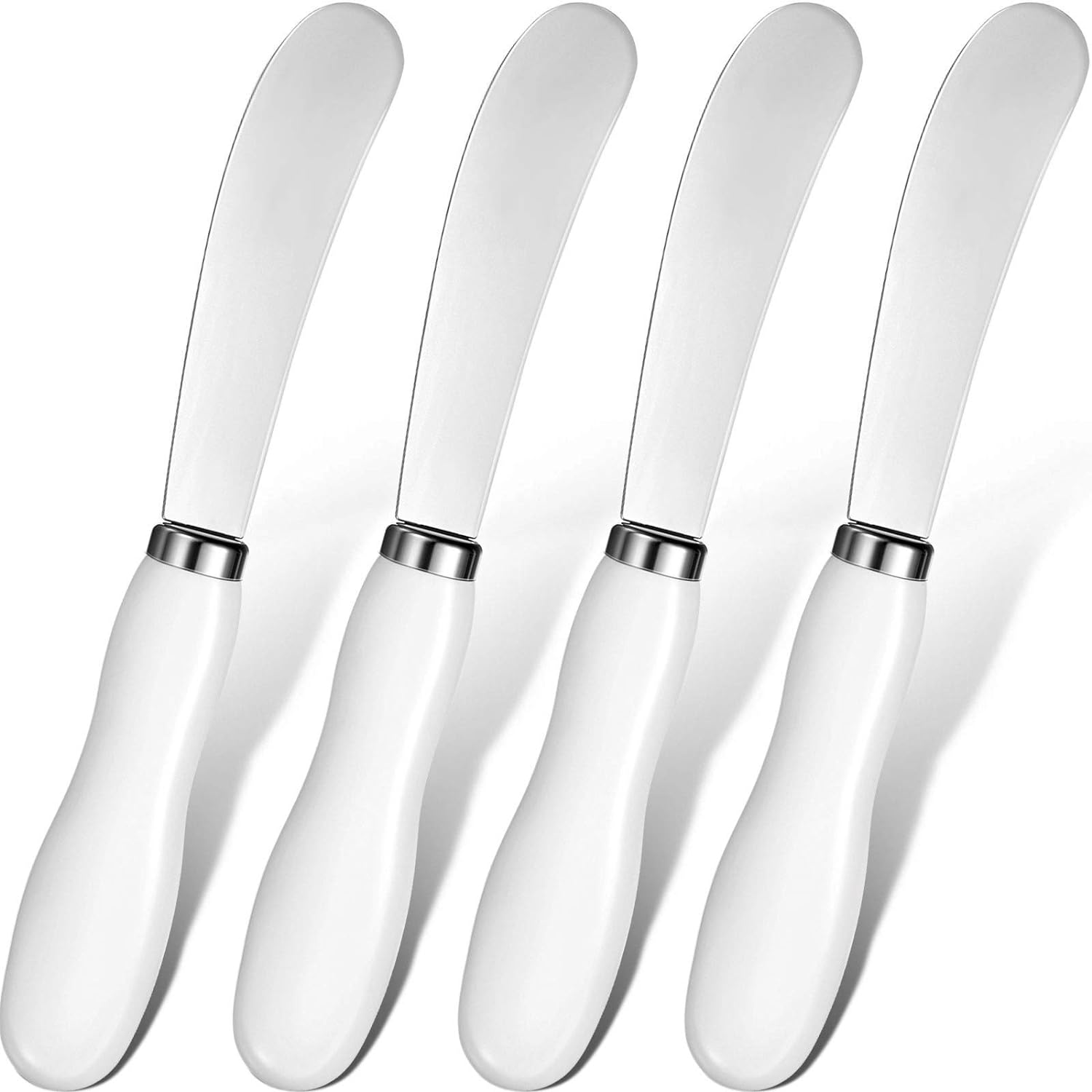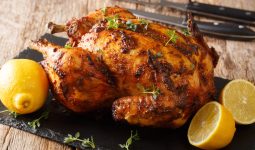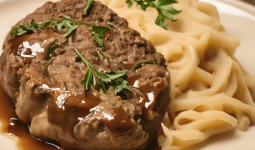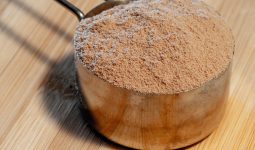Different kinds of cheese have varying textures, so there are various cheese knives to match for this reason.
It might appear simple to slice cheese. Using the knife, you cut.
A standard kitchen knife will only sometimes do the trick because there are so many different types of cheese.
If you’ve already begun looking for cheese knives, you know the variety available.
Some individuals might believe that cutting cheese is easy and that they can do it with nothing more than a steak knife.
Unfortunately, these common kitchen appliances are ineffective. Soft cheeses would be crushed, and crumbly cheeses would crumble to pieces.
You need various cheese knives to make the most of different cheese styles.
1. Cleaver Knife
The best knife for slicing semi-hard to hard cheese is a cleaver. It has a handle and a broad, rectangular blade. The cheese cleaver looks similar to a standard cleaver.
This blade’s construction enables it to cut through harder cheeses like Colby, Gruyere, and Cheddar.
2. Cheese Fork
A cheese fork is a valuable tool, even though it is only sometimes used for cutting.
This tool has two pointed prongs and is used to pick up cheese cut into pieces.
For this utensil, feta, provolone, and cheddar cheese are typical choices. For semi-soft to hard cheese, use a cheese fork. This is one of the different types of cheese knives.
3. Soft Cheese Knife
The design of this knife focuses on soft and semi-soft cheeses. Its blade has holes running the length of it and a very sharp edge.
These characteristics are designed to prevent the sticking of soft cheese.
The holes and intelligent edge reduce the cheese-slicing pressure, reducing the contact area. As a result, using it can aid in keeping the cheese’s shape as you cut it.
Furthermore, as you might expect, this is very important whether you work in a restaurant or enjoy entertaining guests.
Due to its design, the soft cheese knife is also known as the open work blade. This is one of the different types of cheese knives.
4. Pronged Knife
The name of this cheese knife should give you a good idea of what it resembles. You can pick up tiny pieces of cheese with the help of its two piercing prongs.
Of course, it also has a sharp cutting edge. It is a versatile tool that dramatically simplifies plating and serving.
The pronged knife doesn’t have holes as the open work blade does. However, the edge is narrow, reducing the area of contact.
This is how it is made so that the cheese won’t stick. Also, this makes the pronged cheese knife an absolute necessity for your upcoming cheese board.
5. Offset Cheese Knife
A good blade for multiple purposes is an offset knife. Its blade is skinny and narrow. The knife’s name comes from the handle and blade needing to be more precisely in line.
From soft to hard cheeses, this tool can handle them all. For hard cheeses, the offset design enables greater control.
Also, it can slice soft cheese without sticking to the knife, thanks to the narrow design and thin blade. This is one of the different types of cheese knives.
6. Spade Knife
Other names for this kind of knife include flat cheese and parmesan. Whatever name you give it, you’ll discover it’s a valuable addition to your knife collection.
This is remarkably accurate if you enjoy hard cheeses. It is spade-like, and you can cut off a piece of dry, aged cheese with the pointy end.
You can also use this tool to penetrate hard shells and access the soft interior flesh.
Furthermore, it also goes by this name because it is closely related to parmesan. You may also apply it to pecorino cheeses.
7. Cheese Fork
Like a knife with blades, the cheese fork has two piercing prongs. However, it does not have a sharp edge for slicing or cutting cheese.
Instead, you can use it to slice a block of mature cheese into small pieces. Also, you can use it to cut larger pieces into smaller ones.
Also, you can use this tool to transfer large pieces of cheese to a plate after cutting them into smaller pieces.
Cheddar, gouda, and other hard or semi-hard cheeses are the best candidates for the cheese fork’s use.
You can also apply it to non-cheese foods, such as fruits. This is one of the different types of cheese knives.
8. Cheese Spreader

Only some cheeses are meant to be cut. In those situations, the cheese spreader is the best option. This kitchen tool, a spatula knife, is designed for creamy cheeses.
Furthermore, it has a rounded blade and a dull edge. A cheese spreader works best with soft cheeses like cream cheese or Robiola.
Instead of cutting or slicing the cheese, it is intended to be spread over pieces of bread and crackers.
Therefore, you can only apply it to spreadable, soft, creamy cheeses. Cream cheese, stracchino, and robiola are a few of the best examples.
The cheese spreader would still be a fantastic addition to your set, even though its usage is somewhat specialized.
9. Cheese Wire
This cheese tool comprises a thin wire at both ends to the opposing sides of a comfortable handle.
Although it doesn’t resemble the conventional full-size cheese knives, it cuts cheese quite well.
You can use it to cut clean slices from soft or semi-soft cheeses like robiola, ricotta, and fresh mozzarella.
All you have to do is place the cheese block on a cutting board or kitchen counter and cut it vertically downward.
Furthermore, the cheese wire is the best tool to cut a clean slice without crushing or spreading the cheese too much. This is one of the different types of cheese knives.
10. Parmesan Cheese Knife
The parmesan cheese knife, also called the tagliarini knife in Italy, can be used for various kinds of cheese.
These blades typically have a drop shape and a sharp, pointed tip. Also, hard cheeses and rinds both benefits from the tip’s sharpness.
Cutting cheeses like parmesan or castelmagno is best done with parmesan cheese knives, also known as almond knives.
11. Rind Cutter
A rind cutter is a unique tool for scoring hard or semi-hard cheese. Also, It has a cutting edge for slicing and a pointed, sharp tip that points downward.
You can use it to pierce the rind at one end, and then you can drag the cutter across the surface from there. Opening the rind will allow you to share a cheeseboard or platter with loved ones.
12. Cheese Plane
The cheese plane, which is one of the different types of cheese knives, is necessary if you want to slice cheese into skinny slices.
This style of cheese knife has a long handle and a flat body. It has an opening near the handle and resembles a wide spatula in appearance.
This gap has a blade with serrations. Before settling on the flat surface, the cheese will pass through as it is thinly sliced.
Like a cheese shaver, you can use it on semi-soft or semi-hard cheeses. Place one hand on the cheese wedge and move the cheese plane in your direction.
13. Cheese Grater
An easy-to-use tool for someone who frequently grates cheese is a cheese grater.
To grate the cheese, use this flat plane with sharp slits. Graters can be rectangular or have one side, offering more grating options.
Furthermore, Cheddar and parmesan are two semi-hard to hard cheeses that work well on a grater. You can use these in your kitchen for other foods as well.
14. Gorgonzola Knife
The Gorgonzola knife initially resembles a cheese spreader. It has an ergonomic handle and a long, flat blade with a rounded end.
It stands out because of its cutting edge’s ability to cut through soft or semi-soft cheese. Additionally, using it on crumbly cheese prevents it from crumbling.
It is a flexible kitchen tool that allows you to cut cheese or spread it, depending on the circumstance.
It is a very well-liked option among turophiles and enthusiasts due to its high usability flexibility. This is one of the different types of cheese knives.
15. Open Work Blade
A soft cheese knife with an open work blade has holes all over the blade and a very sharp edge—the knife’s holes aid in preventing cheese from sticking to it.
When cutting soft to semi-soft cheeses, an open work blade works best. These cheeses are frequently sticky. The best way to prevent that is with a knife with holes.
16. Slim Blade Cheese Knife
The slim-blade cheese knife is a unique kitchen implement with a slim handle and a thin, narrow blade.
The likelihood of the cheese sticking to the blade would be extremely low, with a small contact area.
When you cut soft to semi-hard cheeses, this feature is beneficial. This knife’s offset blade from the handle is another crucial detail to be aware of.
Your knuckle won’t hit the board while cutting the cheese because there is enough room for your hand.
In particular, if the knife is made from a single piece of metal, it gives the slim blade a distinctive appearance. This is one of the different types of cheese knives.
17. Flat Cheese Knife
The flat cheese knife will be beneficial if your cheeseboards tend to get crowded. You can use it to cut chunks off a wedge by moving it downward.
It’s also known as the “cheese chisel.” Once you’ve obtained a piece, you can use this knife to cut it into more manageable chunks.
Since the bottom edge of the tool is sharp, you can also use it to shave cleanly, in addition to chipping off large chunks of material. This is one of the different types of cheese knives.
18. Narrow Plane Knife
The flat cheese knife and the narrow plane knife are very comparable. Additionally, you can use it to slice or chip off hard and semi-soft cheeses.
It differs from other knives because it has a much narrower, rectangular-shaped blade. The short edge and one of the long edges are also both sharp.
Surprisingly, it resembles the traditional chisel more than the so-called “cheese chisel.” For Swiss cheese, Comte, and provolone, we heartily endorse it.








